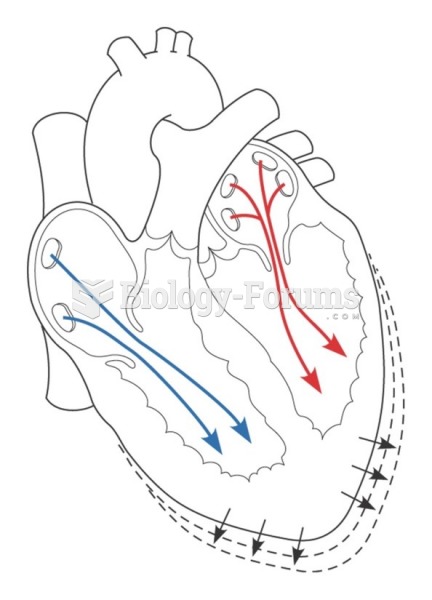|
|
|
Did you know?
Earwax has antimicrobial properties that reduce the viability of bacteria and fungus in the human ear.
Did you know?
Fatal fungal infections may be able to resist newer antifungal drugs. Globally, fungal infections are often fatal due to the lack of access to multiple antifungals, which may be required to be utilized in combination. Single antifungals may not be enough to stop a fungal infection from causing the death of a patient.
Did you know?
Approximately 500,000 babies are born each year in the United States to teenage mothers.
Did you know?
Medication errors are more common among seriously ill patients than with those with minor conditions.
Did you know?
The most common treatment options for addiction include psychotherapy, support groups, and individual counseling.







